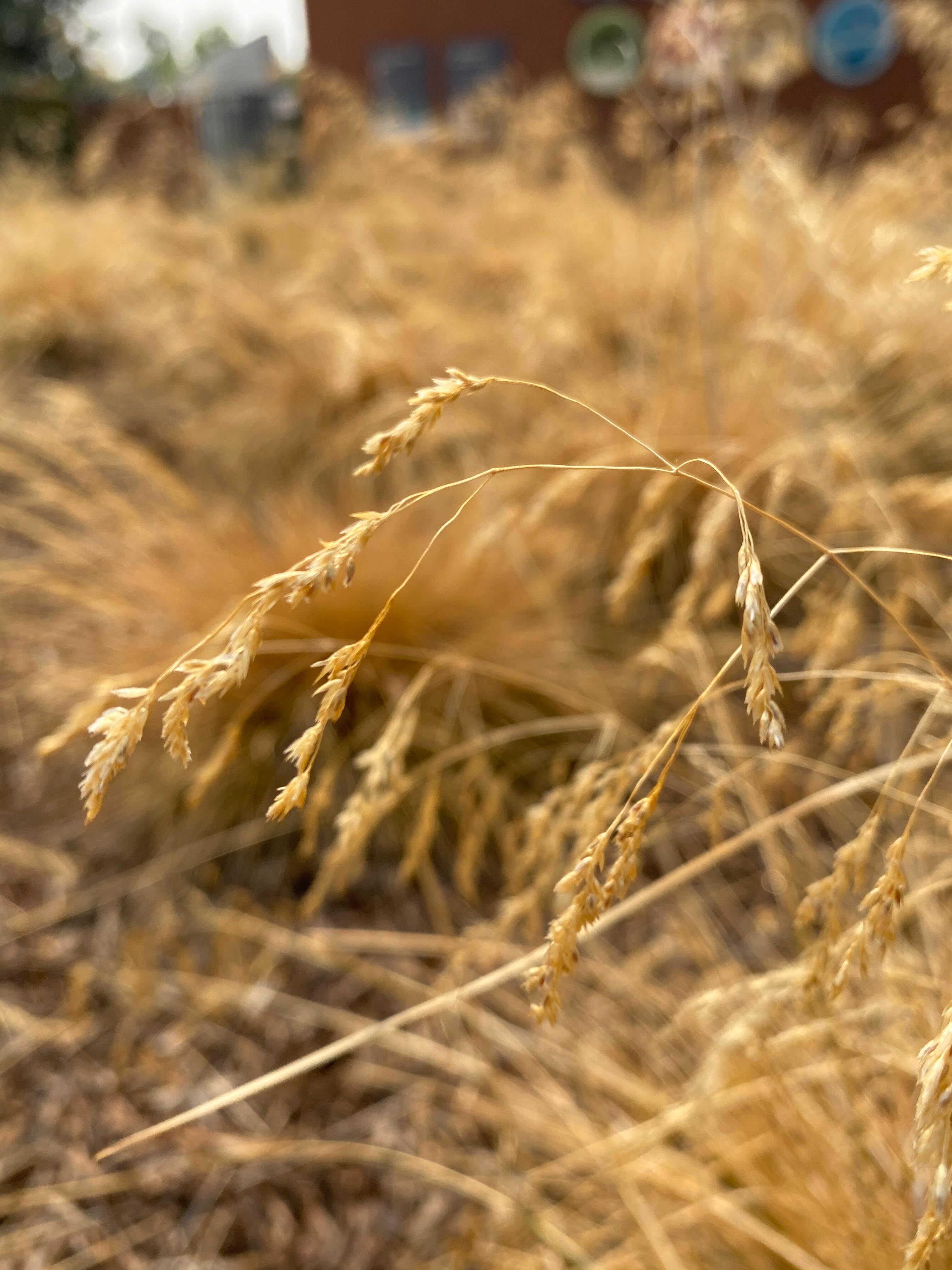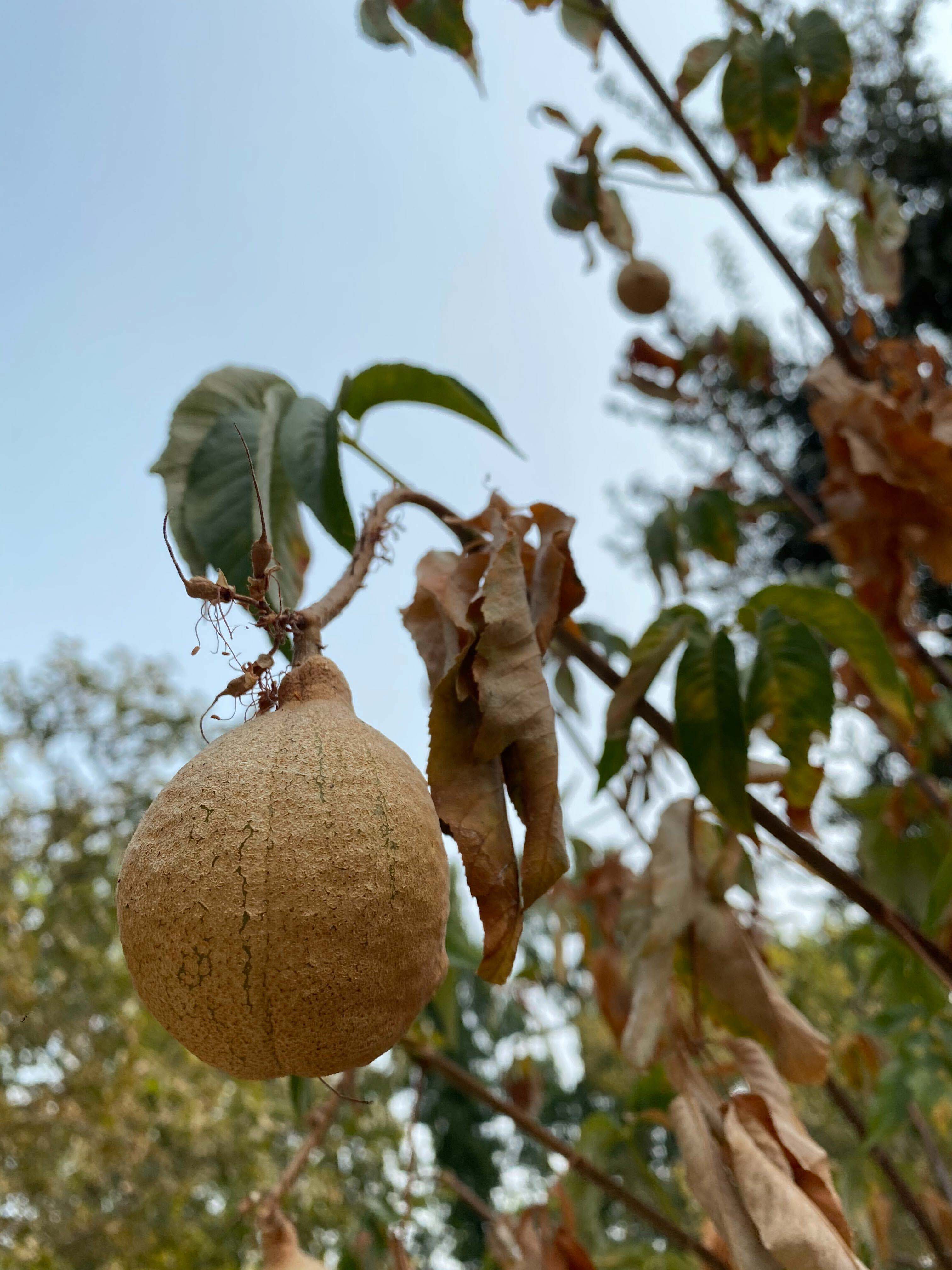Plants
Looking for Lichens (PDF)
Have you ever seen lichens growing on rocks, trees, or other structures? These organisms are known as “composite organisms” because they are made up of two parts: fungi and algae that live together. The algae can photosynthesize, or turn light from the sun into energy. The algae share this energy with the fungus that provides it a home.
There are over 14,000 species of lichens all around the world, and 1,200 of these species live in California! There are lichens of all different shapes, sizes, colors, and textures in our area.
How many of these species can you find?
Pinecone Diversity (PDF)
Pine trees are closely related to some of the earliest plants on the planet! Pines and their relatives have cones that hold their seeds – not flowers, like other plants, and each pine species has its own special cones. When their seeds drop from the cones, they either sprout into new trees, or become food for birds and small mammals.
How many of these California pinecones can you recognize? Bring this guide on a hike, or collect pinecones (where allowed) to bring home and identify!
Kitchen Composting (PDF)
Save Your Seeds
Saving seeds from your favorite plants in home and school gardens is a fun end-of-the-season activity!
Follow along and learn how! (PDF)


Plant Observation Log
How do plants respond to their environment and the seasons? What about the plants in your own yard or neighborhood?
Seed Viewer
Seed Viewer: (PDF) How do seeds grow into a plant? What does this growth process look like? This activity allows Garden Detectives to explore seed germination and the development of a seedling from the energy-filled package that is a tiny bean seed. Using at-home materials, watch the emergence of the roots and stem from the seed coat that contains all the nutrients the growing seedling needs.
You can enjoy the seed-sprouting process of bean seeds indoors any time of year! If you want to test your seed viewer with different types of seeds and transplant the seedlings to continue growing them outdoors in your yard or garden, it’s important to choose crops that are appropriate for the season. We are sharing this activity in June, and here in northern California it’s not too late to start growing cucumber, corn, pepper, pumpkin, tomato, and summer squash seeds!
